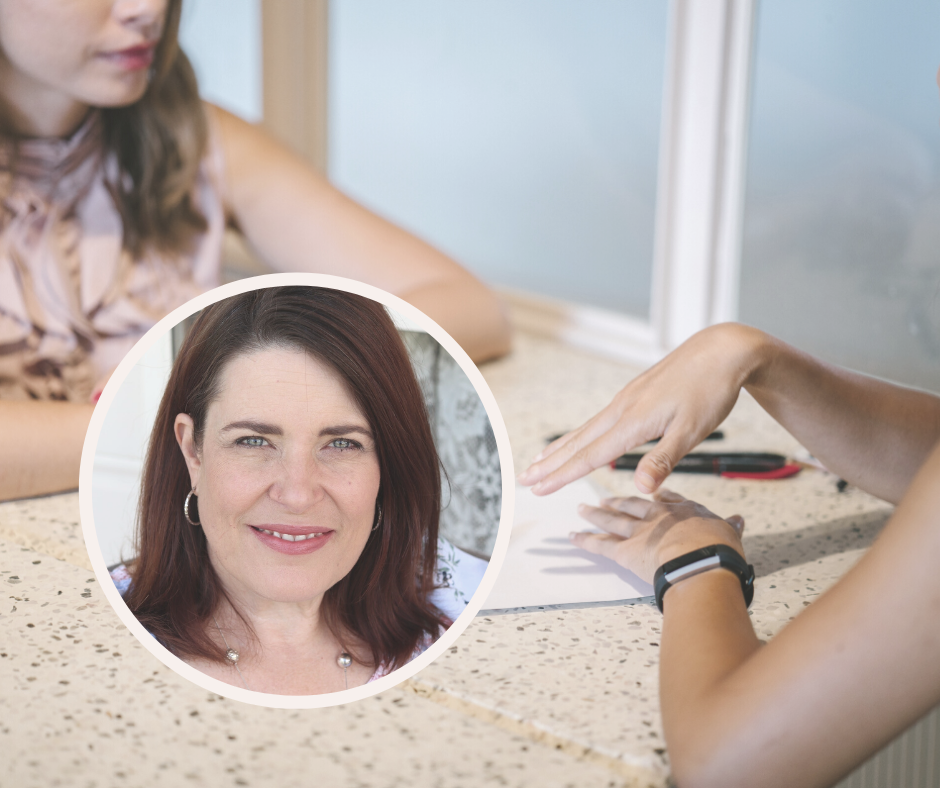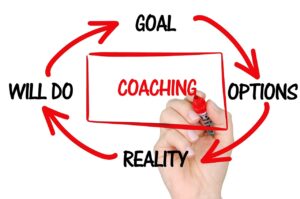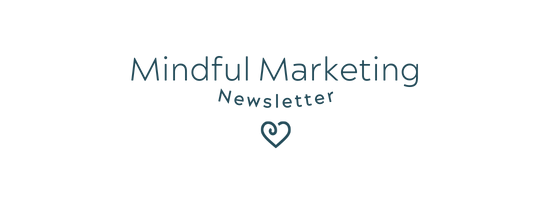Recently, I chatted with Michelle Smith of Teach Smart with Me about how to turn her high-value course for teachers into a high ticket coaching program. We had a great call to talk about how she can best move forward in her business. Here is how she’s doing it!
Table of Contents
ToggleConverting a Course to a Coaching Program: A Case Study
Michelle’s content is already almost all created, so it’s a good time to turn this really valuable program, that she knows people need, into a six week or eight week coaching program. They would all get maybe one one-on-one call, and then weekly group calls. She would charge $1,000 or $2,000.
When she first started to build this program out, she made it really big. She knows that teachers need the support and the face-to-face that she provides.
They need people to hear them, understand how busy they are, and tell them that it is possible to turn it around. The coaching aspect is the really valuable part, which they’re not getting.
So one option for Michelle, then, is to turn this into a coaching program, raise the price, and see how that does. Without building any more course content, she can just change the name and see if she can sell it as a coaching program.

Considering a Membership
Another option that might be in line with some of the ideas Michelle has had would be to turn her course into a membership, with a minimum commitment. Memberships are tricky, though, because as soon as she sold it, she’d have to deliver it.
But, she could possibly do something like a “mini-mind,” a group coaching kind of membership, where she could release a new workshop every month, and there is a support environment for everyone.
A membership could be really interesting too, because teachers have so many seasonal needs, like what they can do in the summer.
If she felt sure about the membership, she might even turn this course that she just launched into some pre-work for the membership, so that people come in and they have this foundation for them.
Now, Michelle has five to six lead magnets that are all doing really well, and she doesn’t want to narrow those down.
That’s ok. To keep things simple, they can all lead to the same program.
Having a lot of offers can work, especially when they are lower ticket, but it’s not always a good answer. I think simplifying and having something that sells really well is often a solid approach.
So, Michelle has a program. She can build on that program, or she can turn it into something new.
Now, if she’s going to do a membership, I would probably say that for the next six months or a year, she’s probably really focused on putting that membership in front of as many people as she can.
But, what she really wants is to get this off the ground as soon as possible. In that case – I recommend that she NOT mess around with a membership. It’s more efficient to just sell coaching.
Memberships seem like they’d be really passive, but it requires creating content and getting people into the membership.
Starting with coaching.
So, if coaching is what she really wants to get off the ground, I recommend focusing on that first.
Then, she can have a back-end offer to the coaching. She could have $570 for one-on-one coaching, and then at the end of five weeks, clients can join the membership, which is a monthly kind of coaching program.
For coaching, she’ll definitely want to have some video components in the launch, like going live on a Facebook page.
How to Choose Coaching Program Levels
A lot of people like to have multiple levels in their coaching programs.
However, I don’t recommend having too many levels of anything.
One simple way to have levels is to have a self-study version, and then the VIP version that has the coaching. So, the self-study version could be $167, and then the coaching version could be $997 or $697, or whatever feels energetically worth it and also easy to sell.
I would keep it really simple until it’s proven, and then she can introduce a new version. I like her idea, though, of trying to launch something a little bit higher-end, and including more of he time to see if she can get more results for people.
Creating an Annual Launch Plan
Personally, I very loosely like to plan out what I want to launch every month.
I haven’t launched anything this year yet, because I’ve been working really hard on trying to figure out an automated way to sell the Monetization Accelerator Program.
What I’d like to do is have MAP selling on autopilot via sales calls, and then launch something every month. I like when I know what I’m selling that month. Even if, just one week out of every month, I know I’m going to launch something, it helps me have income stacking top of mind.
So, coming back to Michelle:
The other cool thing about launching one week out of every month is, let’s say she decides to focus just on the membership instead of coaching.
The first week of every month, she can relaunch the membership, and then there’s a new bonus, or the price is going up. So the memberships are kind of fun that way, because she can keep relaunching the same thing.
For the rest of the year, then, she’ll create a loose path for what she wants to do, planning to launch her program three or four times a year.
Then, coaching is what she’ll want to make evergreen.
Making A Coaching Program Evergreen
I’ve really found having a Facebook group to be helpful for selling coaching, because people get to know me. They’re in my community – in my house, so to speak.
So, since coaching is the direction Michelle decided to go in, she can either rebrand her current group, or create a new group. Her email list is big enough to try to push her subscribers into a group.
For now, her process will stay just organic. Her lead magnets will nurture people to the group. So, she’ll have three welcome emails, and then the emails are pushing people to the main program.
Later, she can definitely support this with Facebook Ads. Making things evergreen sounds nice, and it is nice, but it’s always a little more complicated than it sounds.
For example, I have been testing a webinar funnel. What I don’t like about that is that I tend to get confused about where people are in the funnel. I end up either launching two things to my list at the same time, because I don’t know how to segment them correctly – or not selling to them at all.
So to make something evergreen, I would keep it super duper simple, with really high value offer. If Michelle wants people to do the coaching, then she’ll push them towards the coaching.
Selling a Group Coaching Program vs. 1:1 Coaching
Another possibility would be for Michelle to try to sell one-on-one coaching.
She could try to sell just two spots for $500 a month, or $1200 pay in full.
Myself, I would have never launched the Monetization Accelerator Program if I didn’t have so many one-on-one clients who were bloggers.
I just never thought I was going to be a blog coach.
There were just too many other people who were trying to teach other people how to blog. But, I had 20 one-on-one clients in 2019, and I would say 15 of them were bloggers.
I didn’t have any course content for one-on-one clients back then at all. I just would meet with them, teach them things, give them homework, keep them accountable, use Voxer. By the end of the year, though, I thought, “I can’t teach one more person how to use Pinterest, I’m going to have to create a course for this.”
So, if Michelle had some one-on-one clients, testing that as an offer could be an interesting way to make a good amount of money, and also see what are some of the common things they need.
This stress program – this is what her people SAID they wanted, but is this what they really need?
So, now, Michelle is also planning to launch some one-on-one coaching.
Pricing a Coaching Program
For pricing, it’s totally individual.
I had one client who was a former photographer, and she was teaching a balanced mompreneur self-care program. Her first client was $2,000 for three months. That was about self-care, which tends to be lower ticket, so I feel like Michelle could charge a lot more. There’s always some people out there who’ll say, “You shouldn’t be coaching for less than X amount.”
To me? I say sell it for whatever you feel like you can sell it as.
So, she’s going to try this:
- First, only focus on launching coaching.
- Then, later on, she’ll relaunch her course, rebrand it, and see how it does.
NEED MORE SUPPORT?
If you need some help making more money with YOUR business, feel free to drop me a comment below.
And, if you are interested in working with me, book a chat at: https://alisonreeves.co/strategy-call






